Unpacking the stages of the customer journey
Attaining customer loyalty and repeatability doesn’t have to be an expedition through a jungle of confusing twists and turns. It doesn’t have to be difficult or hair pulling for you to create a customer journey.
What is a customer journey? How do you map out the stages and guide your customer through each part of the journey to become loyal, returning customers?
This blog highlights some of the basics of creating an easy and seamless customer journey that brings sales and loyal fans to your service or product.
In my blog, What is Content Strategy?, I lay out the eight steps that Digital Marketer Lab uses for the customer journey.
I hope to drill down more into what these mean as you set your own customer Journey plan.
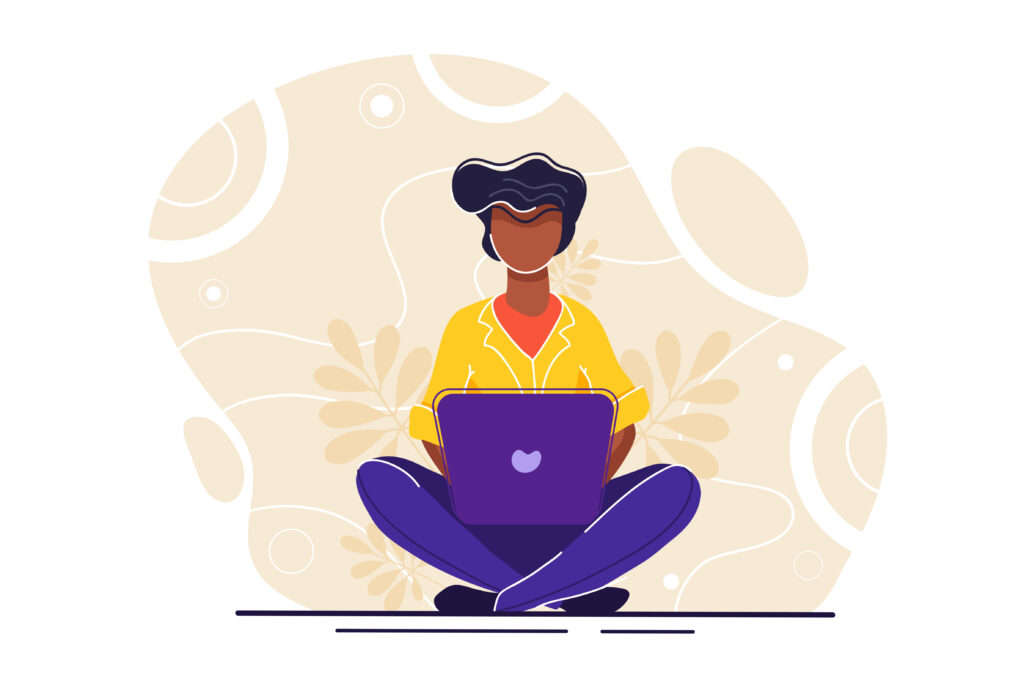
Planning
- Before beginning a digital campaign, you need to count the costs. There is a level of commitment you make or outsource to experts. Finding and winning customers calls for consistent practices each week.
- collecting emails with a solid CRM system (customer relationship management software)
- Creating blogs chock full of value for your audience
- Use paid or organic advertising to drive traffic to your website
If you have an email campaign using the emails you have collected from a landing page or your website, you need to set up a consistent channel for emailing your potential customers.
Creating blogs that people gravitate to means you are consistent in producing and posting each week (preferably each week on the same day) to establish branding and credibility as an expert.
Using paid Google ads and/or social media are ways to drive traffic.
Constructing a content schedule, budget your time and dollars, and be disciplined about executing the steps you choose.
A word of caution. It makes sense to start with one of the above and create consistency rather than piling too much on your shoulders and executing nothing.

Who is your audience?
You have something you believe is of value. It may be a product. Perhaps you have information or a system that helps someone perform quicker or better.
Your product or service may have a universal value; something everyone can use: such as the best waterproof, recyclable, paper bag ever invented.
Or it may be to a specific audience: pregnant women in their last trimester.
Spreading your net to a wide audience seems like the logical step to take. Everyone needs a paper bag, right?
Even something as specific as a woman pregnant and in her final trimester doesn’t seem so narrow. People are having babies every day!
Let’s examine this idea. There’s a secret not everyone in the marketing world will tell you: The more specific you become in pinpointing your audience, there is a higher likeliness of attracting a bigger audience.
Yep! it’s an inverse ratio that doesn’t make logical sense. The more specific you list who your audience is (down to creating an Avatar that represents one customer), the more you attract an audience whose needs are answered or what excites them.
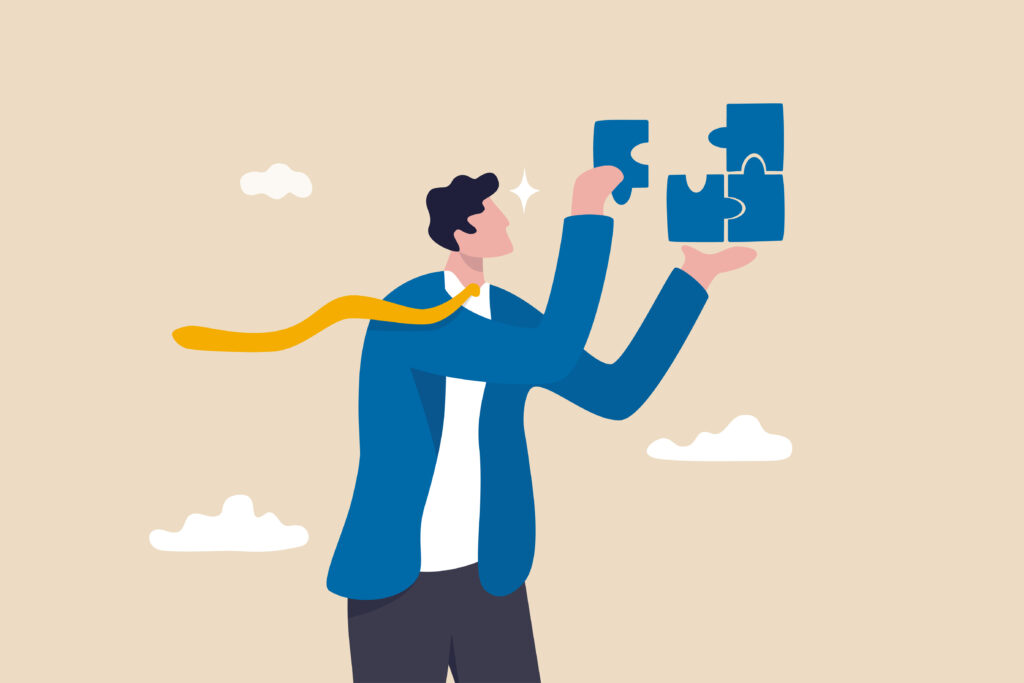
Solving A Problem
Get very specific. Find the problems that this particular person or narrowed down group needs.
Everyone can use a paper bag. Yes, but if you narrow this to an audience that needs a waterproof paper bag because they carry wet things on a consistent basis, you have found the golden nugget of who most likely WILL buy your bags.
Drill down and don’t be afraid you will edge your service or product out of any sort of audience. Trust me- this works.
By doing so, you will become the expert in this niche set of people who have a problem which you have the solution for. You are directly making a positive impact on this person and that makes a big difference in customer loyalty and returning customers.
The same goes for the narrow audience: Pregnant women in their final trimester. There are lots of different types of pregnant women, but those in this stage need different things than the woman in her first trimester. Drill down more with who needs your service in this group and your message will be stronger.
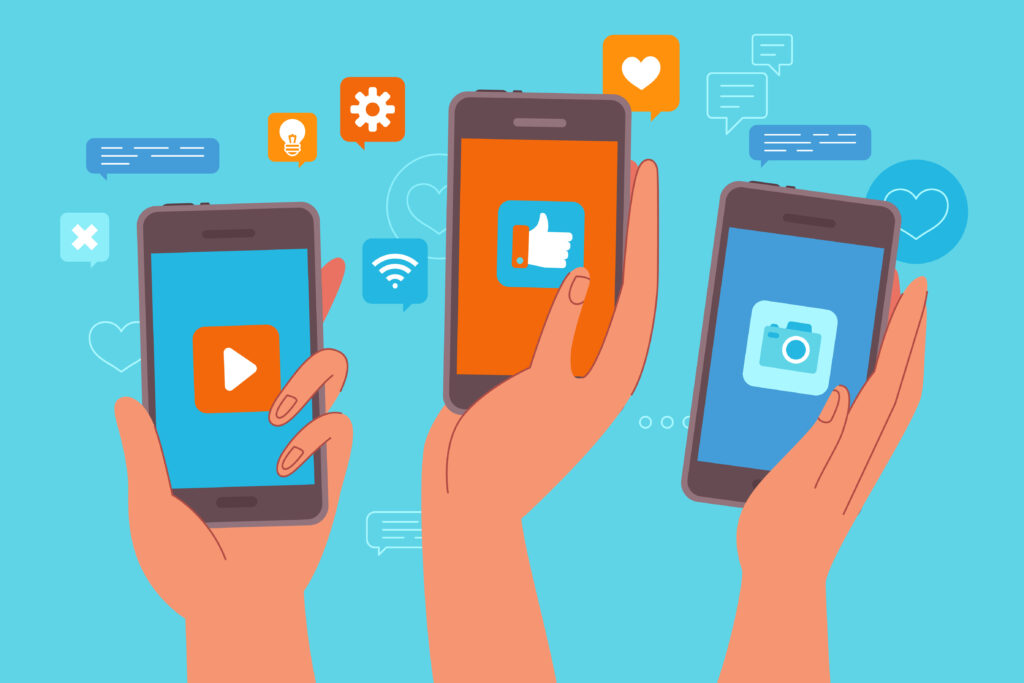
Engaging
You have your audience now. They are finding your service or product. It is speaking to their unmet needs, problems, or hidden desires.
When the person who carries wet items every day is looking for something that isn’t plastic, they will find your paper bag! Your specific communication will attract and bring them to your website or blog or social media.
The pregnant mom in her third trimester will sign up for your webinar (She doesn’t have much time left- she needs your information or product quick!).
The more you offer information for the solution through blogs, videos, webinars, the more they will find you.
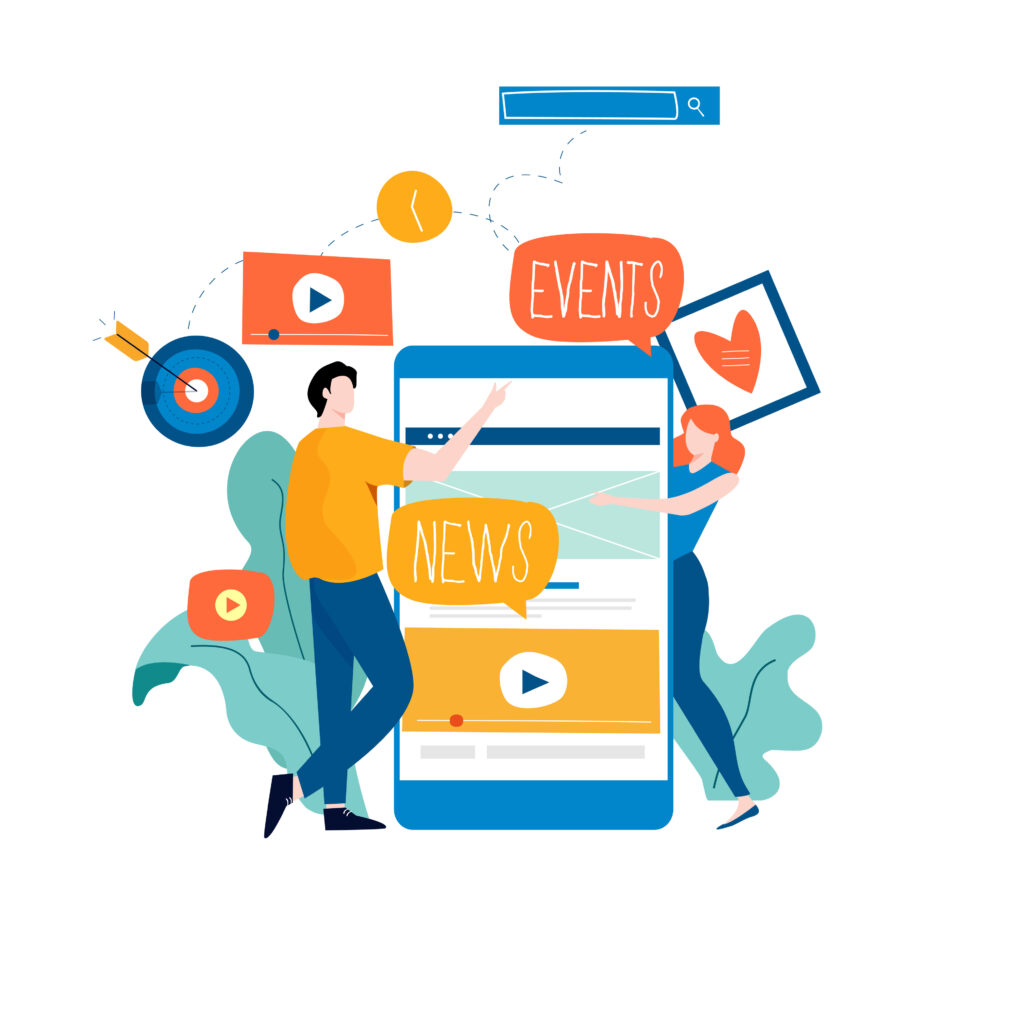
Subscribing
Why is an email address important to get? What can be gained from having a landing page or a webinar?
Leads! Customers! Referrals!
For a person who has visited your website, read a blog or viewed a deal or webinar you offer is the first step toward becoming a paying customer.
34% of consumers are more likely to make an unplanned purchase after receiving personalized content.
This means your content is important. When someone likes the value you give them, they will subscribe to your email list. If the value is a competitive price on a product, they will sign up for your discount by providing you an address.
If the value you give is in a blog or webinar, they will sign up. It’s an invitation to engage in their lives just a little bit more.
What happens in this stage is the opportunity to continue to engage with them. You can begin a Nuture campaign. If you have a live webinar, you can create excitement and offer at the end an incentive to act immediately toward a purchase or a service.
A landing page is similar to a one page website. You zero in on something important you want to convey with a incentive (free gift with purchase, two for one sale, 15% more service time, etc.). Advertise with a link to the landing page, or send through those captured emails the landing page resulting in a valued gift or service.
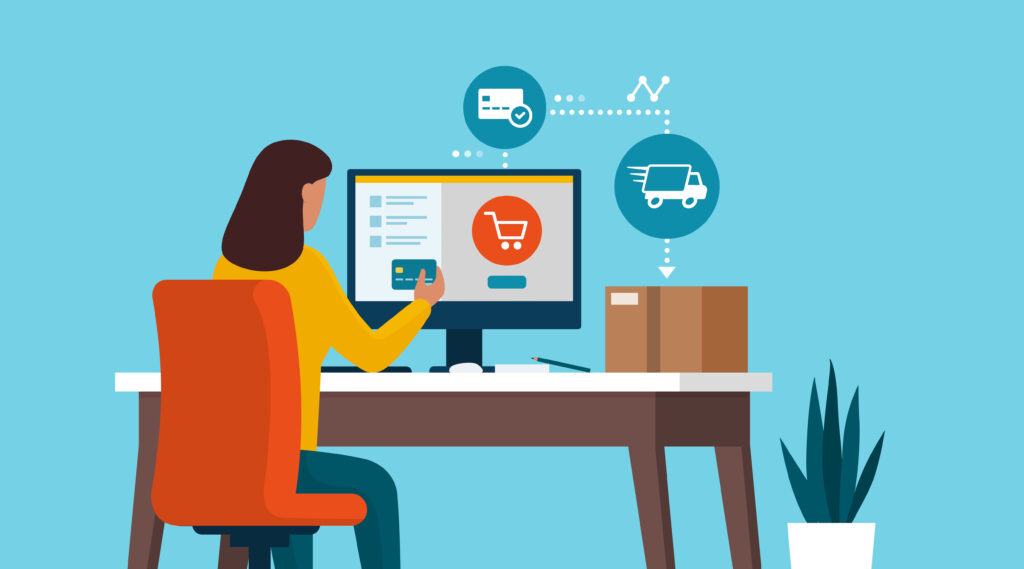
A Customer
Congrats! The beautifully designed website you have designed is paying off. Those consistent posted blogs of value are bringing in leads. You have customers!
Someone has paid for something you are selling. It may be a one hour course for 39 dollars; it may be an order for an item in your online store.
It doesn’t matter at this stage if it’s a big sale of not. What matters is they have skin in the game. They have invested their money in your product or service.
The execution of your product or service is extremely important. Be sure you have a solid plan and process for delivering what you promise.
88% of users are less likely to return to a website after a bad experience point (XP)
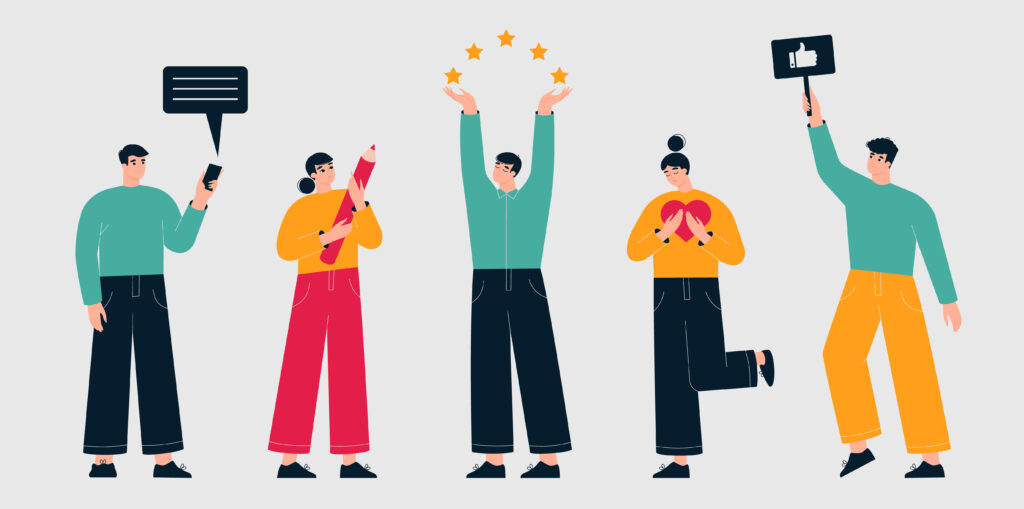
Excite them
You have a customer who has bought something. How do you keep them coming back for one more thing, or a lot more of what you have to offer?
It’s time to kick in your email campaigns if you haven’t done so. An email campaign is created with a CRM software program. You create a series of emails that the program automatically sends to customers.
You will thank them for their business and offer them another product, perhaps an add on to their existing purchase.
Extending a discount to your new customer for a more expensive or larger item or service.
Having someone purchase more services or products allows you to cultivate a relationship with your customer that will give back value beyond just an initial transaction.
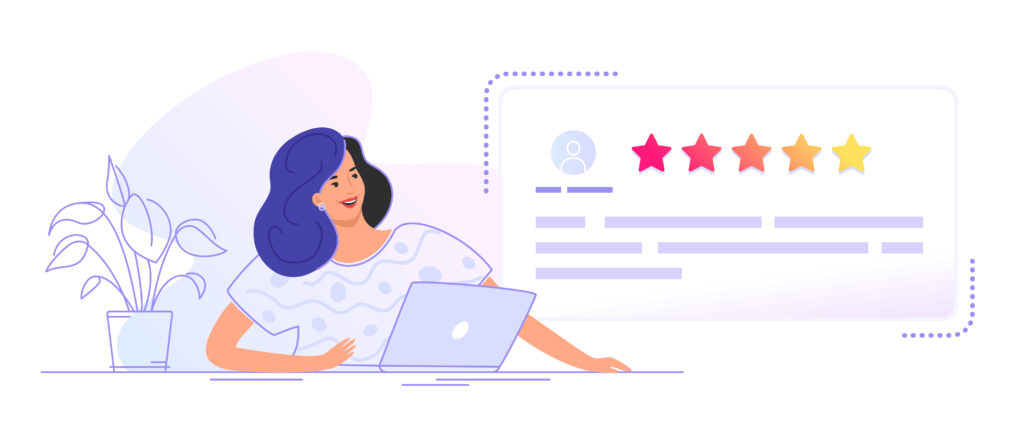
Loyal Fan
A person or organization that continues to use your services or products are just waiting for you to ask them for a referral.
Set up a mechanism for someone to rate your service, their user experience (XP) or the product. It usually comes in the form of YELP, FaceBook reviews, or other social media channels.
You can also ask for a direct recommendation. Set up a form on your site and use the link in your thank you email page, to ask for a written recommendation or rating.
Use these and display on your website.
And thank them!

Your Advocate
It’s rich when you have loyal fans and believers using word of mouth to spread the good news about your product or services.
Making it easy for them to do so is not as hard as it looks.
Use easy links the advocate can send to friends. Create a form within your CRM they can easily email, or send a thank you via SMS on a mobile device with a link-to your website they can pass on.
Create an automatic thank you to the advocate who passed your information on. If you received a new customer from this referral, send a token of your appreciation to the advocate (a huge discount off the next purchase, one of your paid courses for free, or a gift product.)
Finally, when you create a customer journey, you are asking in each step for a CALL TO ACTION. This is a journey you want each potential client to take with you. If you don’t invite them, they won’t know what is expected next. You aren’t being pushy. You are being helpful. You are giving them the opportunity to experience your product or service for a benefit toward their life or their friends and family’s lives.
You know the customer journey is not an expedition into the unknown. Rather is is a planned process of understanding who your audience is and how to engage them, how they will subscribe and give you an email address or contact information, how to convert them into a customer, how to build on their first customer experience, and come back for more. Finally how to turn many of your customers into becoming a loyal customer and advocate of you and your product or services.
Post Note: Digital Marketer Lab – Visit them at https://www.digitalmarketer.com/lab-plus/